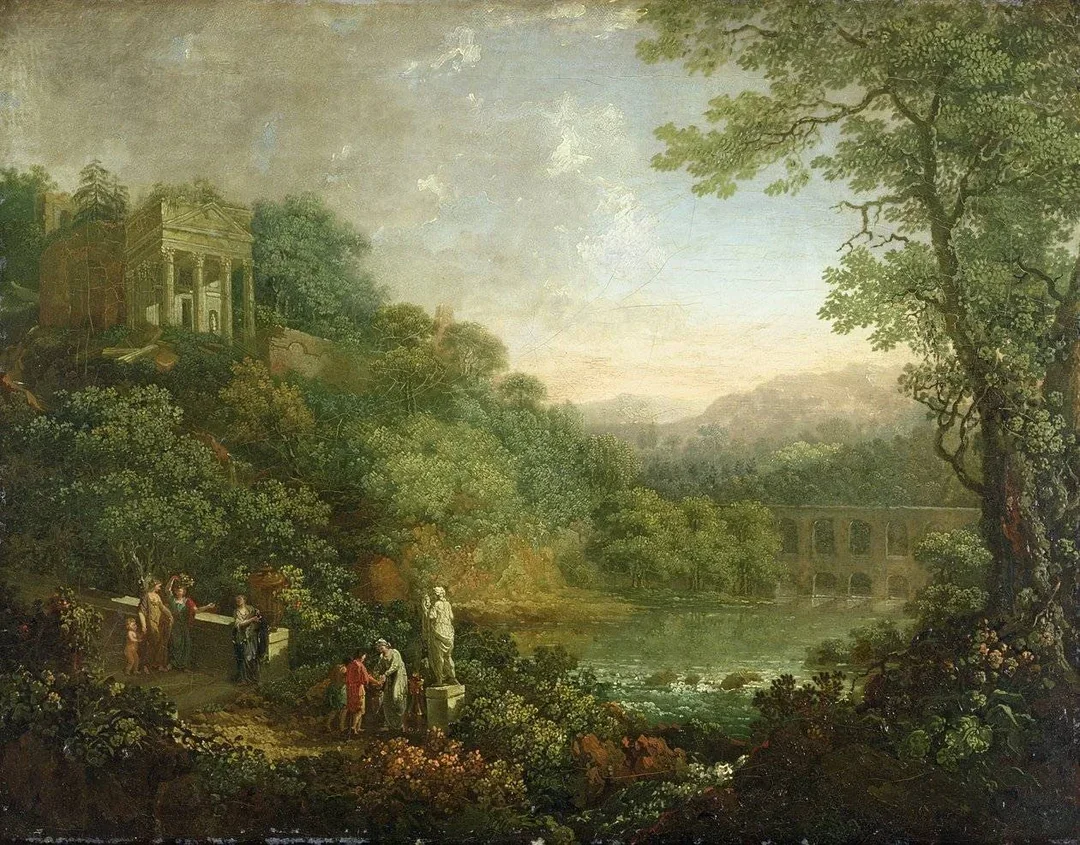
The Garden of Epicurus: A Sanctuary of Friendship, Simplicity, and Joy
The Garden of Epicurus, founded in Athens in 306 BCE, was a community dedicated to friendship, simplicity, and inner peace. Unlike other philosophical schools, it welcomed women, slaves, and people of all social classes. Epicurus taught that happiness comes from ataraxia — freedom from disturbance — achieved through simple pleasures, moderation, and strong friendships.
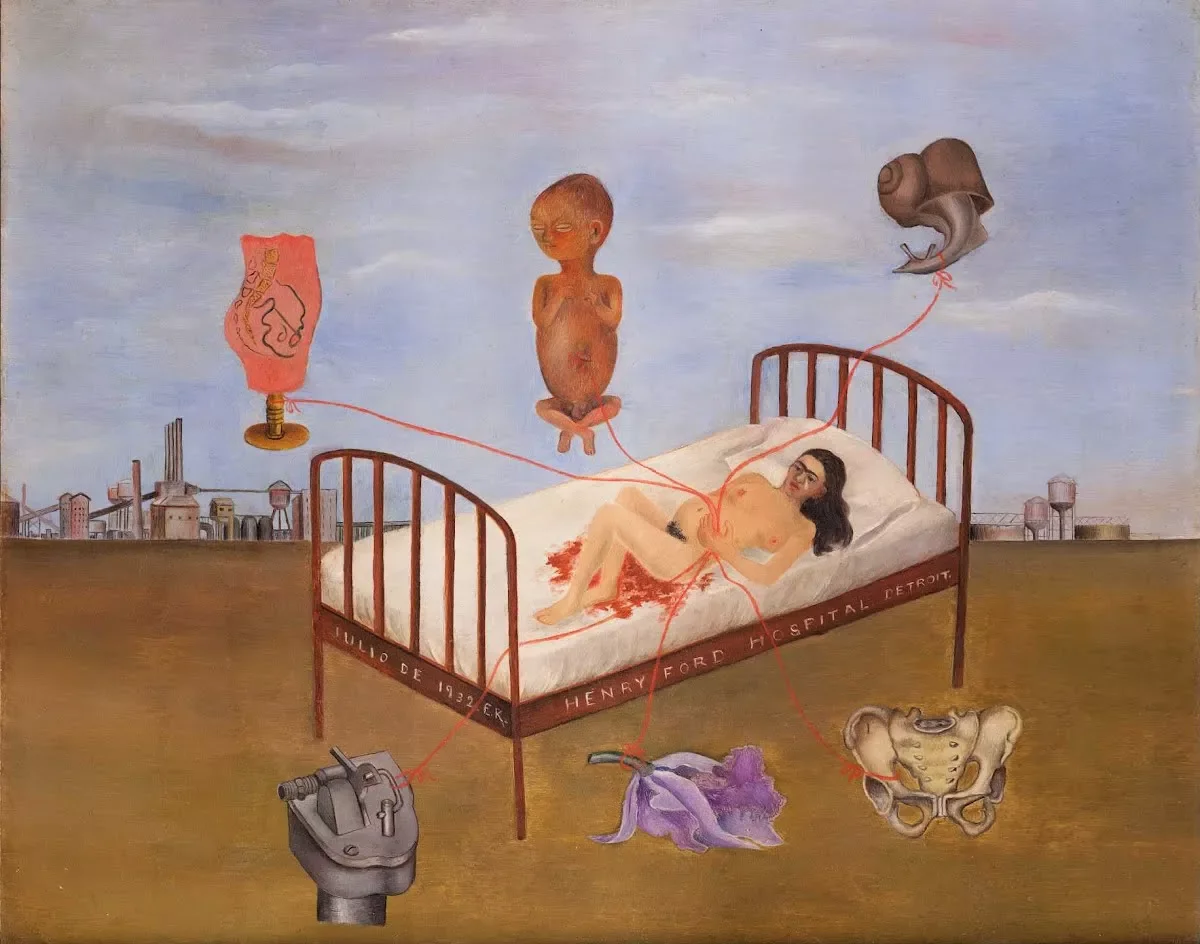
The Power of Art: How Creativity Moves Us
Art has the power to move us beyond words — to stir memories, awaken emotions, and open us to new ways of seeing. From Van Gogh’s Starry Night to Frida Kahlo’s self-portraits, from Rodin’s The Thinker to Louise Bourgeois’ Maman, great works remind us that creativity is not about decoration but about connection.
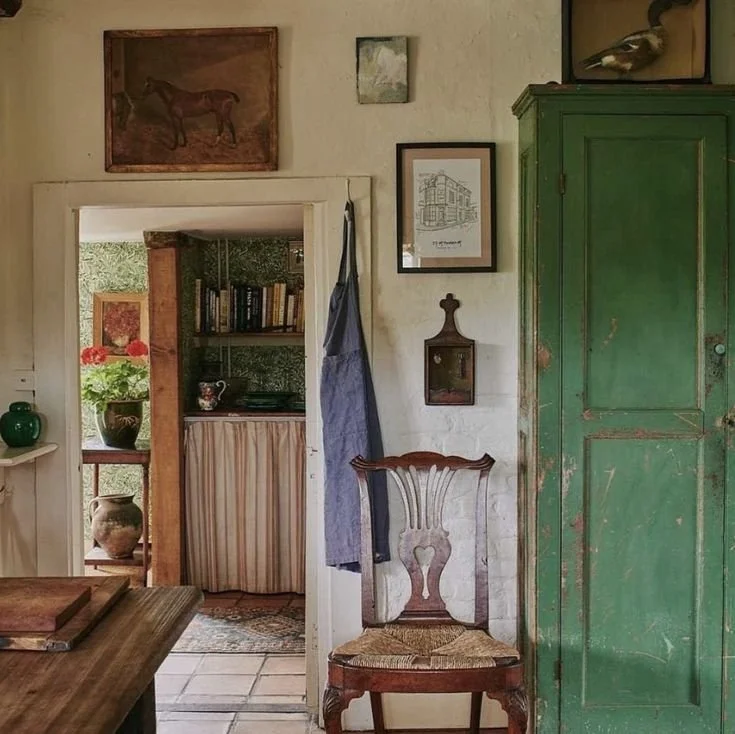
The History of the Catalan “Masia”
Catalan masias are traditional self-sufficient farmhouses that served as homes, community hubs, and places of welcome—today, Can Ruscada (1806) continues this legacy as the home of Can Silvestre, a space for creativity and inspiration in nature.
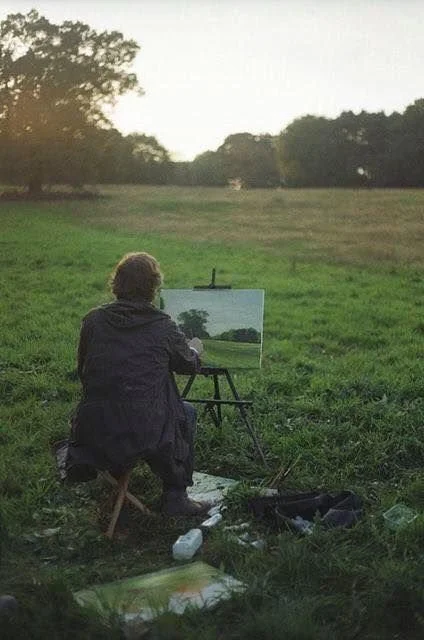
Stepping Out to Step In: Why Artists Need Residencies
Art residencies give artists the rare chance to step away from their everyday routines and studio walls. By offering time, space, and a new environment, residencies open the door to fresh inspiration, experimentation, and meaningful connections — reminding us that sometimes the best way to move forward in our practice is to step outside of it.
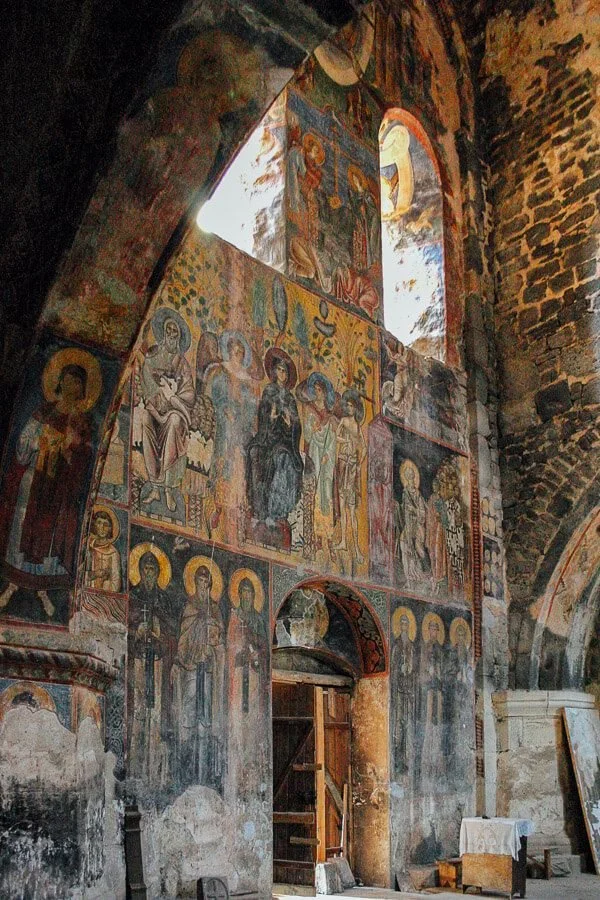
Culture: The Heartbeat of Humanity
Culture encompasses the shared values, beliefs, customs, and expressions that shape human societies. It provides identity, fosters social cohesion, and drives creativity and innovation. Understanding and valuing culture is essential for building resilient communities and promoting global empathy in an increasingly interconnected world.
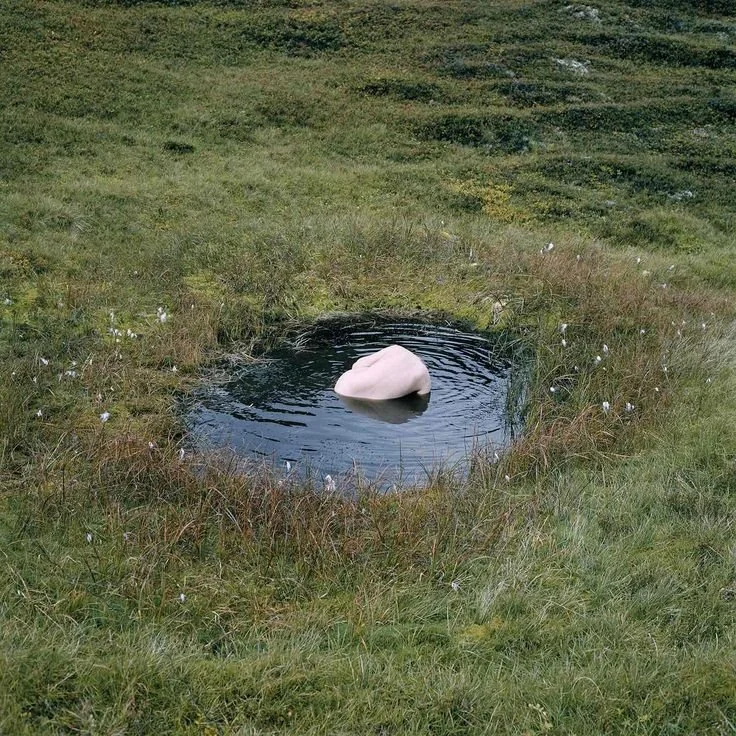
Nature as the Muse of Art
Through creativity, we can discover what truly resides within us and share it with the world. This is the beauty of art: it is an open doorway to our soul. One of the most powerful ways to connect with this inner creativity is through nature, for it is, in itself, the greatest of all works of art, offering us an infinite wealth of inspiration through its forms, colours, and harmony.
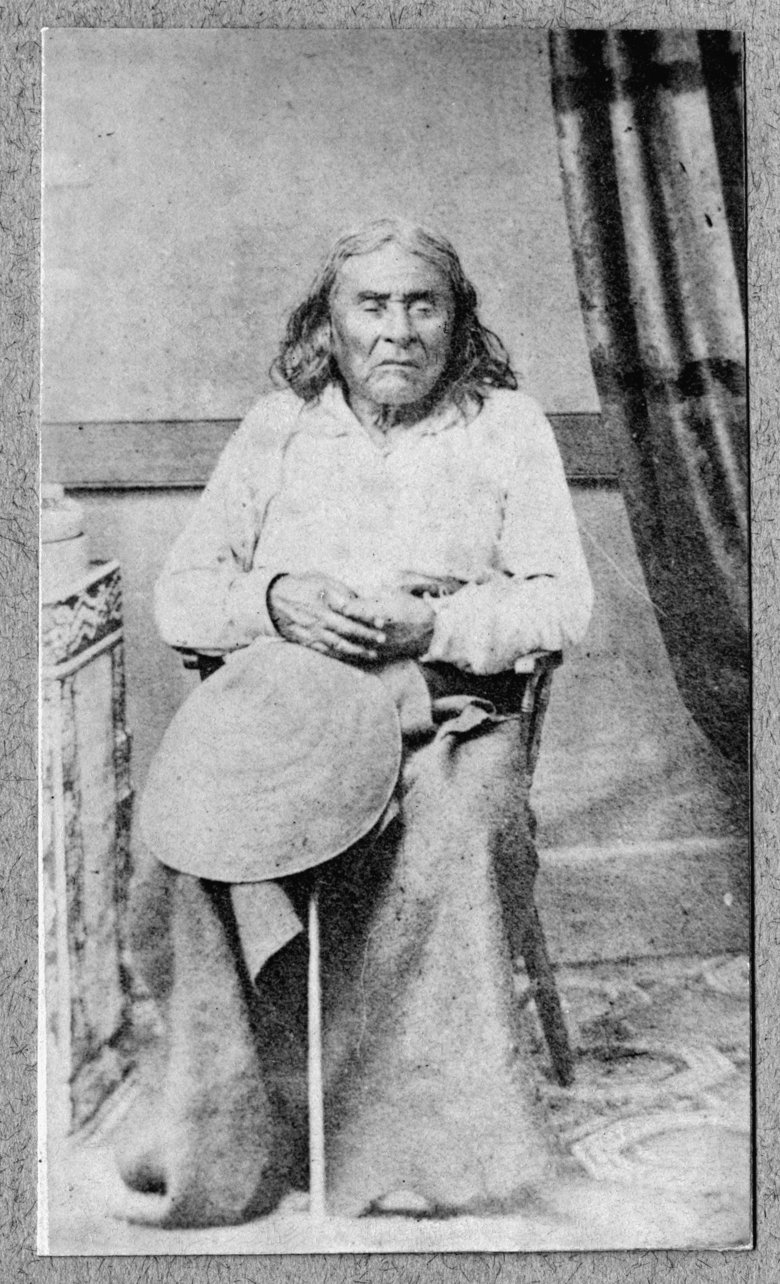
The letter that Chief Seattle sent to the President of the United States in 1854
Turned in the 1970s into something of a manifesto for the environmental movement, the letter emphasises an example of profound humility, the fundamental connection between humankind and nature, and warns—almost prophetically—of the inevitable consequences of the Western attitude towards it.
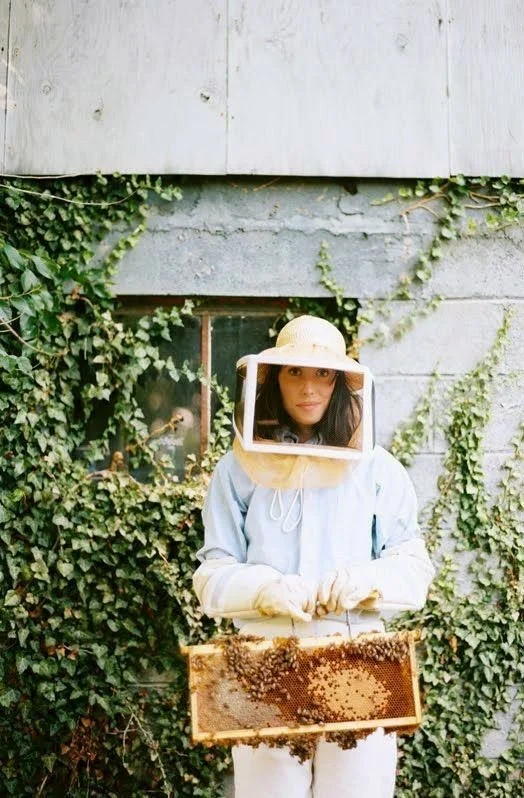
Permaculture: “What Would Nature Do?”
Permaculture is a sustainable design system that integrates agriculture, architecture, energy and water management, communities, and the local economy, aiming to create human habitats that mimic natural ecosystems. It seeks to establish productive and balanced environments that are environmentally respectful and capable of meeting human needs in a harmonious way.
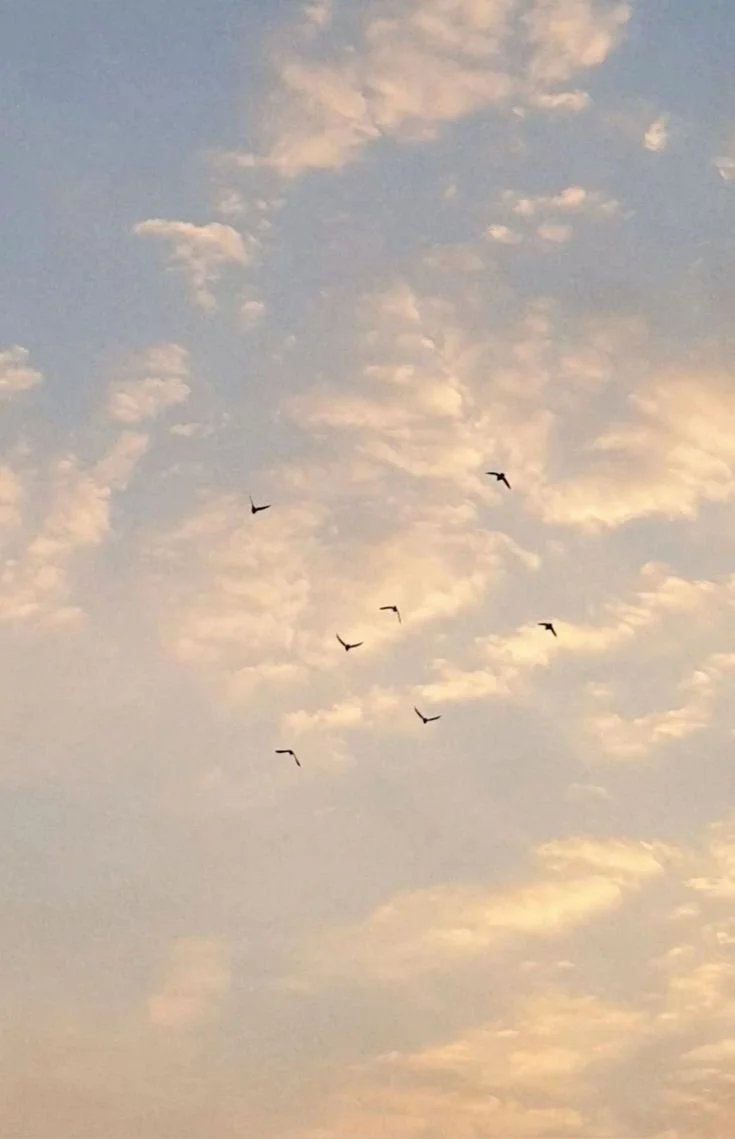
L’Oreneta de Cua Blanca: Un Símbol de l’Arribada de la Primavera
Each spring, barn swallows (Hirundo rustica) return to Catalonia from their wintering grounds in sub-Saharan Africa, marking the start of the season and symbolising renewal. These elegant migratory birds breed in both rural and urban areas, building distinctive mud nests under eaves and adding life and colour to towns and villages.
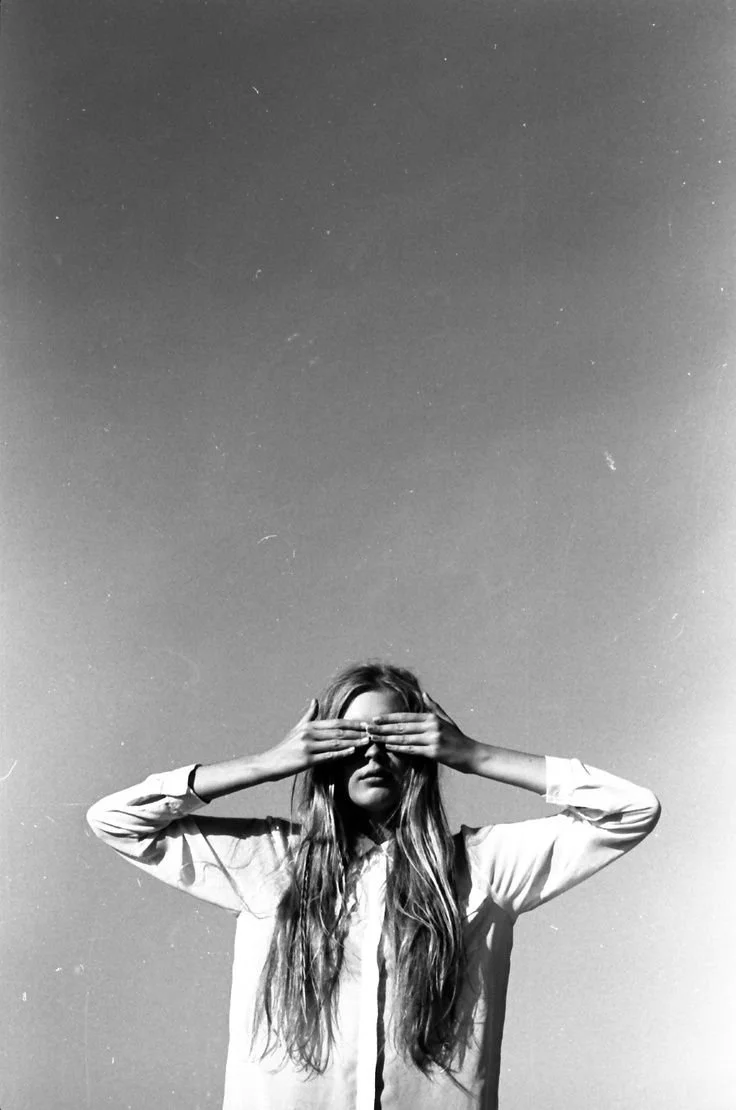
Extraocular Vision: A Gateway to Consciousness and Intuition
Extraocular vision (EOV) is described as the ability to perceive beyond the limits of normal human sight, linked to expanded consciousness, heightened intuition, and perception of subtle energies or non-physical forms beyond ordinary space and time.

What does the word “Sustainability” mean?
The word sustainability comes from the Latin sustinere, meaning to sustain or to support autonomously, and to maintain itself by its own means in a given place indefinitely.